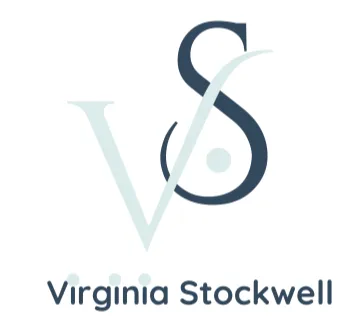The 7 Steps of a Conversion Email Marketing Sequence

An email marketing sequence is written in a particular order to tell a story and lead a customer from aware of your product or program to a sale. Here are the 7 emails that should be a part of every sales sequence. They are listed in the order of sequence.
#1 First, Present the Offer
This is the first email that goes out in the email marketing sequence. It provides details about your offer and its benefits. It describes the transformation a client or student will receive, going from point A (where they're a now) to point B (where they want to be).
The message includes cost of the program and what you're going to teach to bring them from point A to B. This is a great time to break down each module of your course to describe what is in the program and the benefit of learning it. How is that knowledge going to bring them from point A to point B? Why is it they need to know this to reach the transformation desired?
Bonus if you offer an incentive to purchase within the next 24 hours.
Email #2 Alternate Solutions to the Problem
Your program or product is not likely the only solution out there. Describe those solutions that may bring your audience from point A to point B and show how your product is superior.
What has your audience tried before but doesn't work? What alternate solutions are available but cost 5x the price of your program?
#3 Cost of Inaction
Your audience likely needs your product or program to help them get from point A to point B, their transformation.
The problem is that they are comfortable at point A and the effort required to get to point B may feel too overwhelming to even begin. They may be imagining failure without even beginning their journey.
This second email outlines what they're giving up by not taking the journey. By not making the life choices needed to progress, what is happening to their life? How is it that they will remain stuck?
Describe the situation of being stuck at point A and how their life could be impacted because of it.
Bottom line, your audience is not likely to purchase your offer if they do not think they have a problem that needs to be solved. In this email, it's best to hit on the emotional perspective (telling a story) rather than using a logical approach (facts and figures).
Email #4 Testimonials
You've probably helped a lot of folks already with your program. This is the time to share the clients or students who have moved from point A to point B and how much their lives have improved because of it.
#5 Decision Support
Much of your audience is probably on the fence about whether or not to purchase your offer. This is a great time to offer answers to their questions on live chat. You're removing the "risk" of paying for the program.
- Reply to this email
- Here's my phone number
- Set up a 15-min Zoom with this link
- DM or messenger
- Offer a 30-day money back guarantee
#6 FAQ Email
Outline the most commonly asked questions and provide an answer to each. The better you know your audience, the better this email will be crafted.
Restate what's included in the offer and benefits of what they're going to learn in each module.
Describe who the offer is for and who it is not for.
What's really happening here is that you're overcoming the obstacles getting in the way of the purchase by presenting those obstacles in an FAQ format. This is the time to bust myths.
Email #7 Lastly, give them FOMO
This is the scarcity and urgency email. Your audience needs a reason why they should purchase right now and not wait until next year.
Perhaps the price is going up or a bonus you're offering will no longer be available.
With a once a year program, it's common to send multiple "it's going away soon" emails on the last day or two of your promotion.

